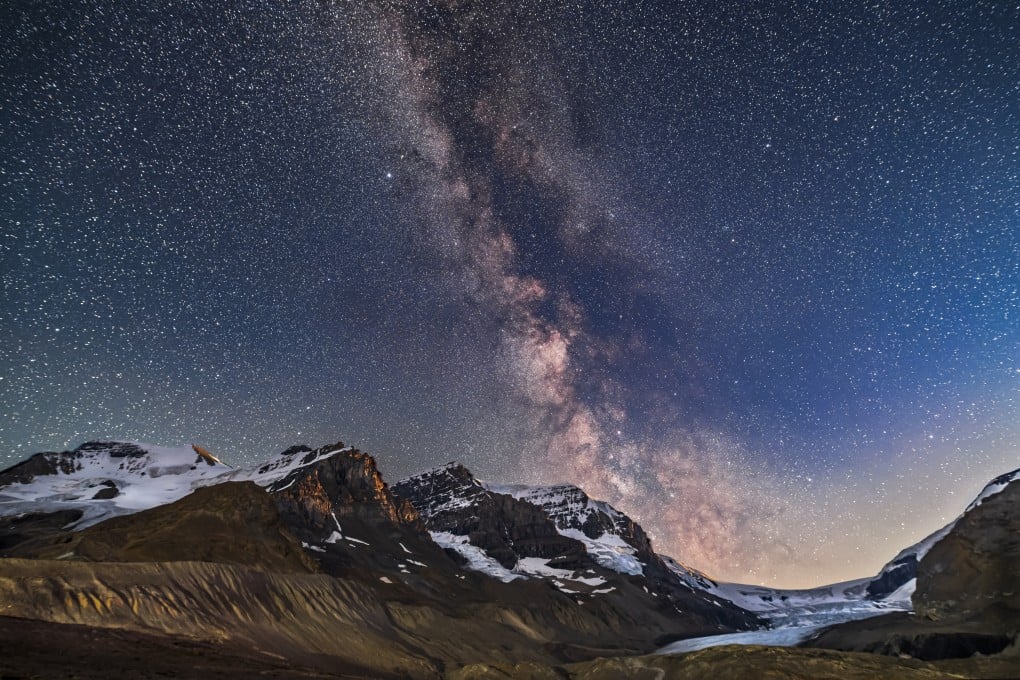How dark sky tourism is on the rise as light pollution increases and more stars disappear for most of us every year
- Dark sky tourism, or astrotourism, is seeing a surge in popularity as people seek out places that offer star-filled skies undisturbed by growing light pollution
- The sky is brightening by around 10 per cent every year and the Milky Way is already invisible to as much as a third of the world’s population, research suggests

“When I first arrived in Orkney, I’d never experienced darkness quite like it,” says Cheryl Chapman, development manager at tourist board VisitScotland, from her home in the Scottish archipelago.
“It’s disorientating. I’d never felt blackness like that.”
A tone of wonder enters her voice. “And then you look up and there’s the magnificent Milky Way.”
The islands’ small population means lower light pollution, so everyone there is aware of the vastness of the heavens in a way that fewer and fewer people around the world are every year.

Recent research suggests that the sky is brightening by around 10 per cent every year and that locations where 250 brighter stars can be seen today will, in less than 20 years, only offer views of at most 100.
Densely packed and highly illuminated city dwellers now usually only see dark skies as an accidental side effect of a holiday to somewhere remote.
